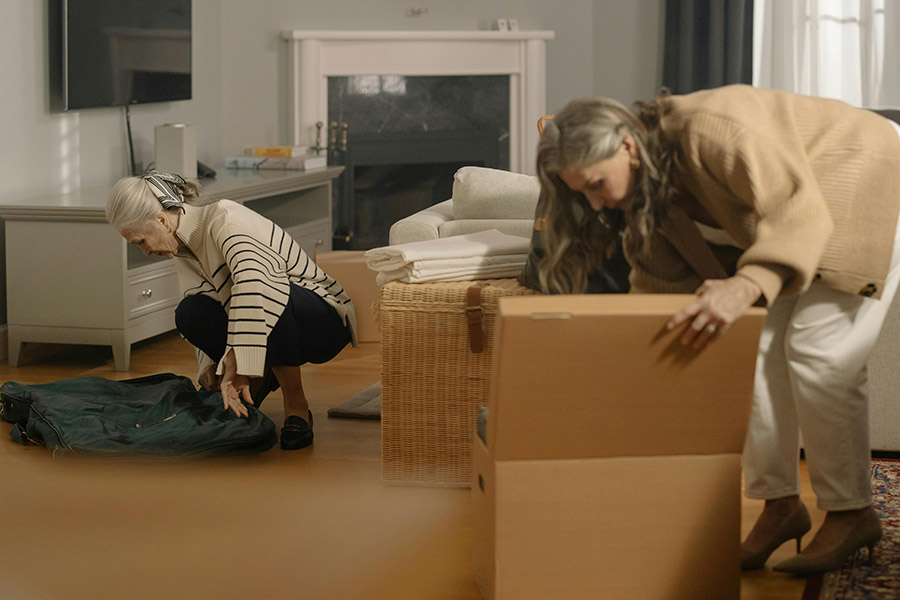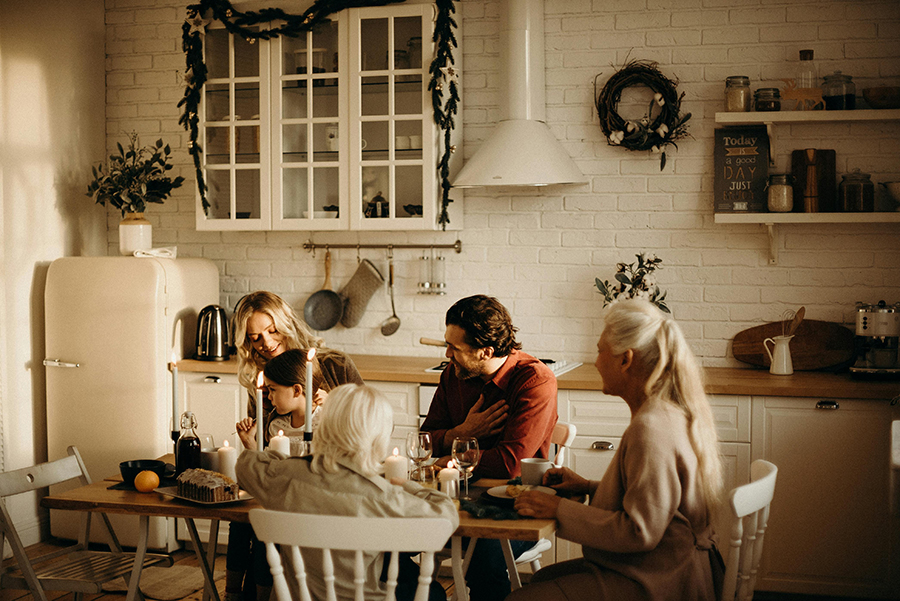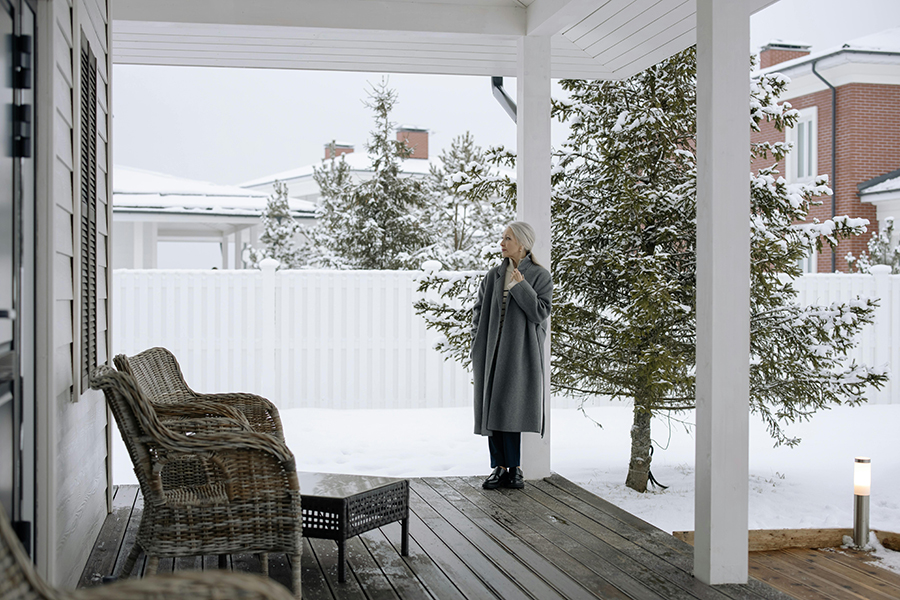Let’s take a look at some of the ways you can prevent slips and falls in your home.

Your home is a place where you should feel safe and comfortable. For seniors, the risk of slips and falls can be a significant concern. Falls can lead to serious injuries, impacting independence and overall well-being. The good news is that many falls are preventable by making simple adjustments to your living spaces and adopting mindful habits. Let’s explore some practical steps and some of our top tips you can take to reduce the risk of slips and falls at home.
Keep Mats in Doorways
One of the first lines of defense against slips is managing moisture at entryways, especially during times of rain or snow. Placing grippy or absorbent mats inside and outside all entry doors can make a difference. These mats act as barriers, trapping rainwater, snow, or dirt that can otherwise make your flooring slick. Consider mats with non-skid backings to prevent them from sliding.
Take Note of Uneven Ground
Uneven surfaces can be sneaky hazards. Area rugs can add warmth and style, but their curled edges or loose placement can be a tripping hazard. To keep your rugs flat on the ground, consider using rug pads or double-sided tape to secure rugs firmly to the floor and ensure edges lie flat. Consider replacing throw rugs with low-pile, securely fastened options, especially in high-traffic areas. Take note if any rugs have shifted to create uneven surfaces regularly.
Stairs require extra caution. Check to make sure each step is in good repair and well-lit. Install sturdy handrails on both sides of the staircase and use them consistently. Take your time going up and down, and avoid carrying items that obstruct your vision or balance. If possible, consider installing non-slip treads on each step. You can also install small lights if you have outlets nearby to add lighting to your stairs.
Stay Alert to Spills
Accidents happen, but quick action can prevent a fall when it comes to spilled liquids. Wipe up any spills immediately, no matter how small. Water, oil, or other liquids can create extremely slippery surfaces. Keep cleaning supplies readily accessible for quick action.
Managing Cords
Loose cords can easily become tripping hazards. Keep electrical cords and phone wires neatly tucked along walls or under furniture. Use cord organizers, ties, or concealers to keep them out of walkways. Try to keep cords close to the outlet they’re plugged into.
Lighting
Good visibility is important for safe movement, no matter what time of day it is. Ensure all areas of your home, especially hallways, stairways, and bathrooms, are well-lit. Use nightlights in bedrooms and bathrooms to help you navigate safely in the dark. Consider motion-sensor lights for added convenience and safety.
Keep Bathrooms Safe and Dry
Bathrooms are often wet environments, which may increase the likelihood of slips and falls. To prevent this, consider installing non-slip mats or appliques in your bathtub or shower. Try installing grab bars near the toilet and in the shower or tub to provide extra support if needed. Use absorbent bath mats outside the shower or tub to prevent water from spreading onto the main floor.
General Awareness
Beyond home modifications, your own habits play a vital role in preventing slips and falls in your home. Even indoors, opt for shoes with good support and non-slip soles. Avoid walking in socks or slippers that lack traction, especially on wood flooring or slippery staircases.
Rushing often leads to missteps. Take your time when moving around your home, especially when getting up from a chair or bed. Keep pathways clear of clutter, such as newspapers, books, or other items that could cause you to trip. Be sure to discuss any concerns you may have about balance or falls with your doctor. They may recommend exercises or assistive devices to improve your stability.
By taking these proactive steps, you can significantly reduce the risk of slips and falls in your home, allowing you to continue enjoying your independence and the comfort of your own space with greater peace of mind. Remember, a little attention to detail can go a long way in ensuring your safety and well-being. For more independent living tips, visit the CapTel blog.


